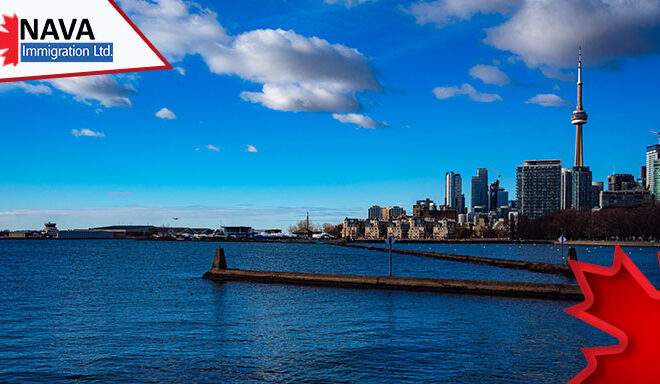More Temporary Residents Settling in Canada’s Non-Urban Areas.
Recently, the Conference Board of Canada (CoBC) conducted a study and revealed that more temporary residents are settling in Canada’s non-urban areas. This implies that newcomers are opting to live in Canada’s rural areas compared to Canada’s major metropolitan cities.
Read on to find the study findings and the potential reasons behind this shift.
More Temporary Residents Settling in Canada’s Non-Urban Areas
The CoBC study analyzed the data from 2016 and 2021 to compare immigration to urban centers and neighboring areas. The CoBC study showed that an increased number of temporary residents are settling in Canada’s non-urban areas.
The report further revealed that the province of Quebec had the highest number of newcomers residing in the census divisions bordering Montreal, Laval, and Longueuil. Similar results were observed in the Greater Toronto Area (GTA).
The percentage of immigrants in the areas outside of York, located just north of Toronto, and Peel, located west of Toronto, was determined to be 8.1% and 5.4%, respectively.
The percentage of immigrants in the areas outside of York, which is located just north of Toronto, and Peel, which is located west of Toronto and is home to Mississauga, was determined to be 5.4% and 8.1%, respectively.
However, this percentage increases to around 19 to 30% outside of these regions. For example, in Ontario’s Simcoe census division the recorded increased immigrant percentage was 33.58% between 2016 and 2021.
Recent Rise in Temporary Resident Population in Canada
According to the study, the recent growth in the temporary resident population in Canada has significantly contributed to the rise in the number of newcomers in rural areas. The temporary resident population includes newcomers with study permits, work permits, or visitor visas.
This is consistent with the latest Statistics Canada report revealing that 804,901 temporary residents entered Canada in 2023. This figure is nearly twice the number of permanent residents Canada welcomed the same year, i.e., 471,551.
The CoCB study highlighted that many Canadian regions witnessed temporary resident populations more than twice between 2016 and 2021. Notably, some areas reported a TR population growth of over 1000%.
Once more, the rural areas of Quebec experience the most growth in temporary residents. In fact, some communities recorded a rise of 1,520%. The study also revealed that most temporary residents and their accompanying family members in rural regions were more likely to have a work permit. Contrarily, the growth in urban areas would comprise temporary foreign workers and international students.
This implies that non-urban areas are witnessing substantial population expansion and changing demographics.
For instance, between 2016 and 2021, there was a notable rise in the number of female temporary residents in Prince Edward Island.
This indicates a high demand for services for women, such as healthcare or settlement services, in the province.
Other provinces may have distinct demographic changes; however, they would experience identical challenges.
Adjustments to 2024 Temporary Resident Levels
Many Canadians are worried about the growing shortage of affordable housing and stress on Canada’s already overburdened healthcare system. This is notably a result of meeting the demands of the country’s growing population.
According to various public opinion polls last year, public support for high immigration levels has declined rapidly since 2022.
The Immigration Minister announced various changes on March 19 concerning the number of temporary residents in the country.
He announced that in the upcoming Immigration Levels Plan, IRCC will include temporary residents.
Typically, the existing immigration plan specifies the immigration targets for the total number of permanent residents Canada will admit for the first year and the next two years.
Minister added that including temporary resident targets in the Plan can serve as a soft cap for the total number of temporary residents that Canada will admit in the future.
He further added that Canada would hold more domestic draws to become Canada’s permanent residents. This implies that temporary residents in Canada will get an advantage if they want to apply for Canadian permanent Residency through a Provincial Nominee Program or Express Entry.
IRCC also released an announcement on January 22 concerning the study permit cap. As per this, the department implemented a cap on overall international study permits, which it will approve this year.
It further added that the goal was to stabilize the rising number of international students. This is because many students have not been obtaining sufficient support during their studies.
If you are also interested in immigrating to Canada but have concerns about the process and pathways, feel free to connect with our experienced immigration experts for help at NavaImmigration or send us an email at [email protected]





